Enter a surname, town name or other keyword to search the database. Remember to
allow for the different spellings of 'Mc' and 'Mac.' Good luck!
{Search tips: Use single word search terms for more results}
You must enter some valid character(s) into the search field
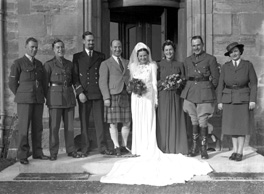
Reference: 1299c
Hamish Paterson (1904-1982), C...
|
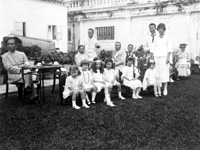
Reference: 673
Sun Yat-sen (far left) with gr...
|
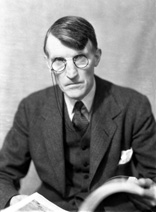
Reference: 29684b
Sir Alexander Malcolm MacEwen,...
|
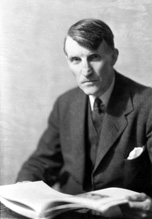
Reference: 29684a
Sir Alexander Malcolm MacEwen,...
|
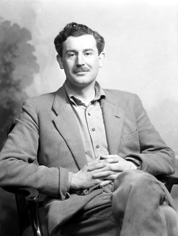
Reference: 40813b
Lord Lovat. Brigadier Simon Ch...
|
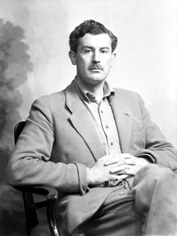
Reference: 40813a
Lord Lovat. Brigadier Simon Ch...
|

Reference: 44611f
Lieutenant John C.O.R Hopkinso...
|
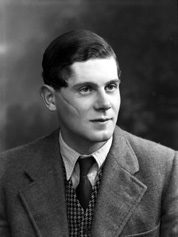
Reference: 44611e
Lieutenant John C.O.R Hopkinso...
|
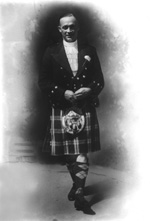
Reference: 480b
MacDonald, Ord Arms Hotel, Mui...
|
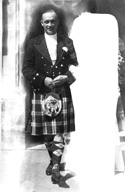
Reference: 480a
MacDonald, Ord Arms Hotel, Mui...
|
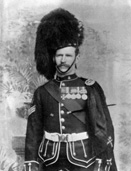
Reference: H-0203
Lt.Col Donald Dickson Farmer (...
|
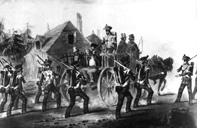
Reference: 30378c
Painting of the 71st Highland ...
|